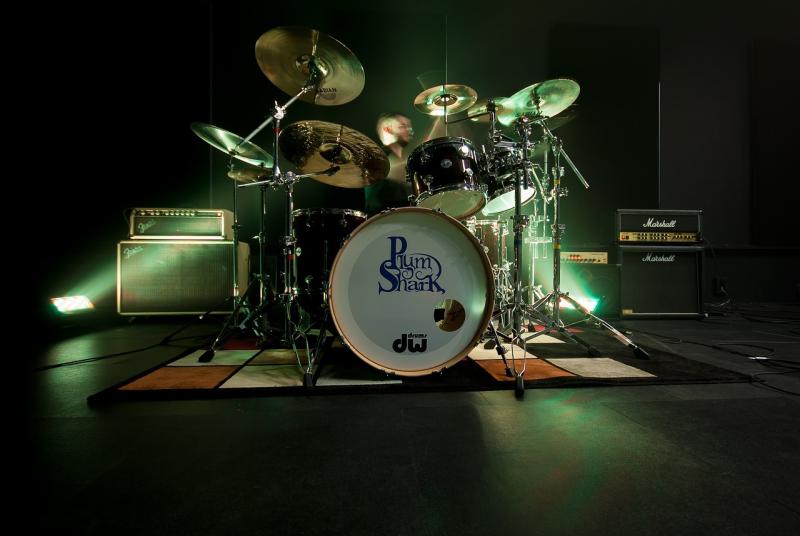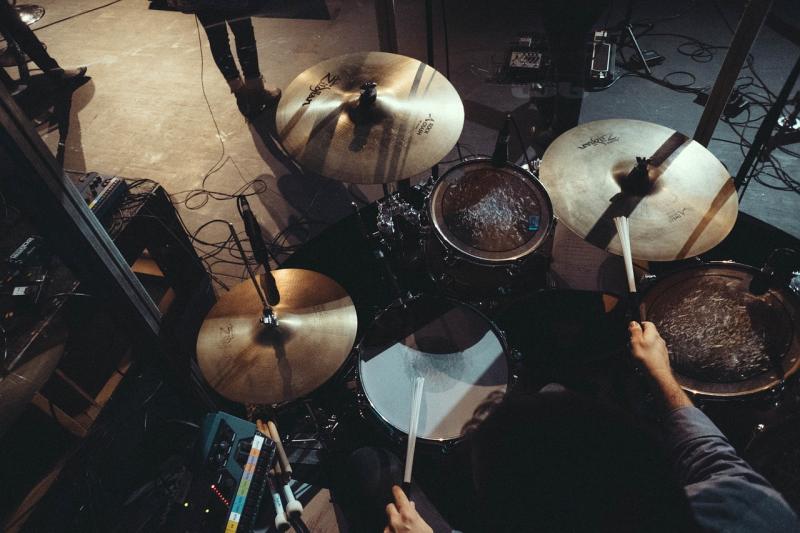When it comes to choosing a drum kit, it really helps to know the different types available. Each type offers its own vibe and sound, so let's break them down!
Acoustic Drum Kits are the classic choice for many drummers. They have natural sound and respond beautifully to your playing. They come in various sizes and configurations, so you can find one that fits your style. Plus, if you love the idea of playing live gigs, these are often the go-to choice.
Electronic Drum Kits are super cool for practicing and recording. They let you play quietly with headphones and can sound like a full band with the click of a button. Many models come with features like built-in metronomes and drum pads that make learning new songs a breeze. If space is an issue, electronic kits usually have a smaller footprint, making them easier to set up in your home.
Hybrid Drum Kits combine the best of both worlds. They mix acoustic and electronic elements, letting you have the richness of real drums with the versatility of electronic sounds. This is a great option if you want to experiment with different styles or play in various settings. You can get creative and make your own unique sound!
Whether you want the warmth of wood, the versatility of electronics, or a mix of both, there’s a drum kit out there just waiting for you. Consider what you’ll be using it for, and you’ll be on your way to finding your perfect fit!
Key Features to Consider
When picking out the perfect drum kit, there are a few key features you definitely want to think about. Here’s a quick rundown to guide your choice:
By keeping these features in mind, you’ll be better equipped to find a drum kit that sounds great and feels just right for you!
Tips for Beginners on Choosing
If you’re just starting out on your drumming journey, choosing your first drum kit can feel a bit overwhelming. But don't worry, I've got some tips to help you pick the right one!
1. Decide on Acoustic vs. Electronic: This is one of the first choices you'll have to make. Acoustic kits offer that classic sound and feel, while electronic kits are quieter and often come with built-in features like drum sounds and metronomes. Think about your space and how much noise you want to make!
2. Size Matters: Consider how much room you have. If you’re tight on space, a compact kit might be the way to go. There are smaller kits that are perfect for apartments or cramped rooms. Even if you have more space, starting small can make it easier to learn.
3. Budget Wisely: Drum kits can range from affordable to quite pricey. Set a budget but be open to flexibility based on what feels right for you. You might find a used kit or a starter set that has everything you need without breaking the bank.
4. Don’t Skip the Accessories: Remember that you’ll need some essential accessories like sticks, a practice pad, and possibly a seat. These can enhance your practice sessions and make everything a lot more comfortable. Make sure to include these in your budget!
Best Brands for Quality Kits
When it comes to choosing a drum kit, brand reputation can make a big difference. Here are some top brands known for their quality kits that every drummer should consider:
Each brand has its own strengths, so think about what type of sound and features you really want. Testing a few kits in person can help figure out what feels right for you. Happy drumming!



